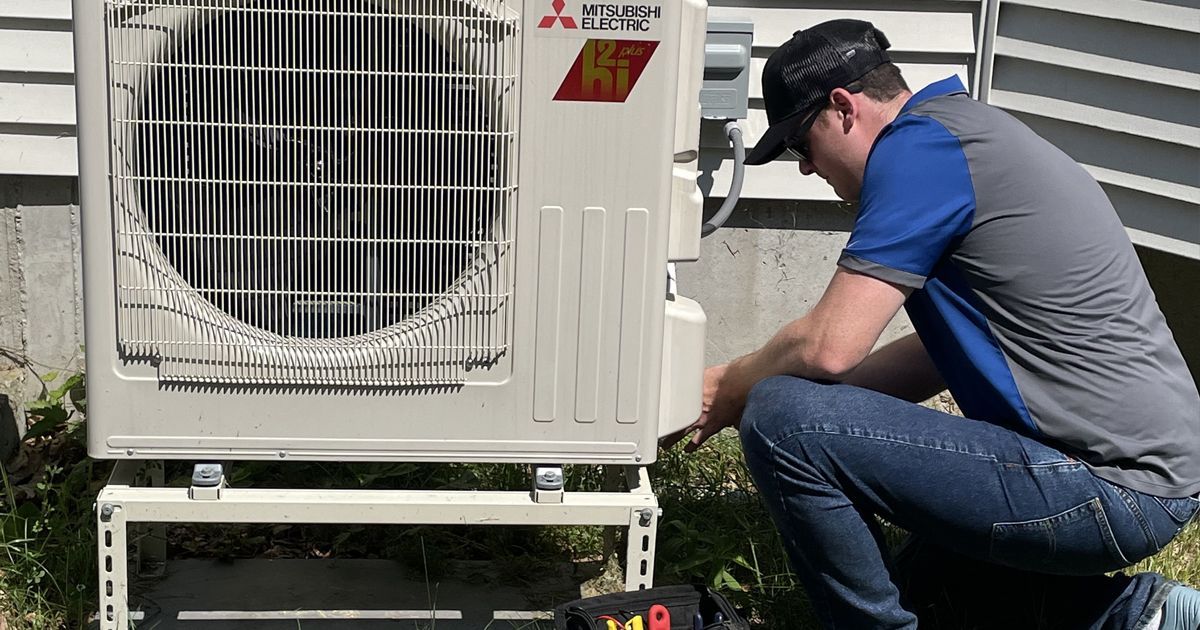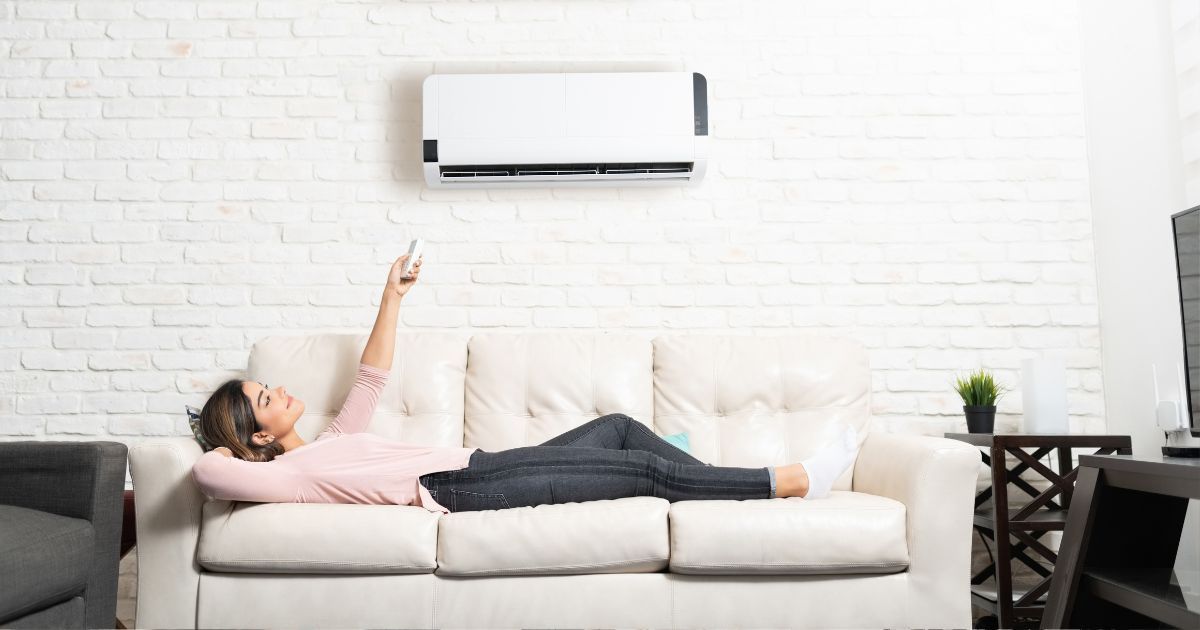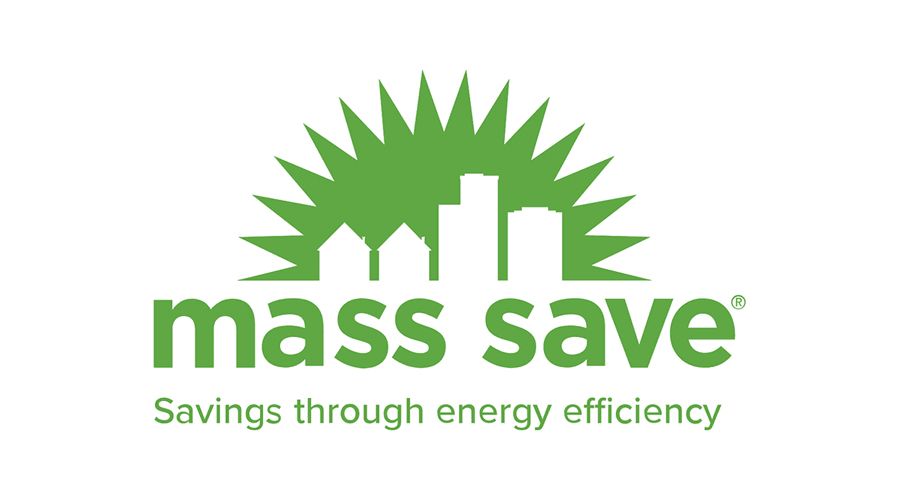Types of Heat Pumps and Their Efficiency
Different Types of Heat Pumps Explained
Our heating and cooling systems are an integral part of our homes these days, creating pleasant environments in which to live and work.
In terms of energy efficiency, one of the best methods to heat and cool a home is a heat pump. In comparison to electric furnaces and baseboard heaters, today's versions may cut heat source expenditures.
With the wide variety of alternatives now available, understanding the differences and choosing the best one may be difficult. Let's examine the types of heat pump, how they function, and how to select the best one for your needs.
What are heat pumps?
Before we get into the different types, it's important to first know what heat pumps are and what they do.
A heat pump unit doesn’t actually produce heat per se but instead transfers it from one place to another using energy and a refrigerant. It uses the sources already present in and around your home such as those from the ground, air, and water.
Although the word "heat" is in their name, heat pumps also have the ability to cool. They heat your home by bringing heat from outside your home in, or by contrast, can cool by expelling the heat from the inside to the outside of your home.
Heat pumps are energy efficient and much less expensive than other traditional heating and cooling systems, because they require a lot less energy. Because of this, heat pumps are regarded as one of the most effective ways to heat and cool your house throughout the year. They work for most indoor and outdoor temperatures and can replace expensive air conditioners, or at least supplement the majority of them.
Three main types
Heat pumps come in three primary categories: those that come from a water source, those from an air source, and finally, those which originate from a ground source. Despite the fact that each of these use a distinct source of heat, they all function according to the same general concepts as those described above.
Air source heat pumps
The air source heat pump source transfers heat from between the house and the air outside is one of the most popular used today. This air source, often called an air-to-air pump, brings heated outdoor air into your house.
They are one of the cheapest heat pump systems to install up-front. As with water and ground sources, you can use them for either heating or cooling.
Since they tend to become less efficient in extreme heat or cold because they rely on outside air temperatures, they are best used in moderate climates. In the summer months, however, they’re extremely helpful in removing humidity from the air. The air source heat pump is one of the most high-efficiency pump on the market.
Water source heat pumps
Water source heat pumps get their energy from, as you probably guessed, water! This obviously can only work if you have a body of water nearby, like a pond, well, or lake.
This is accomplished by placing a number of coils or loops beneath the body of water, where it or a refrigerant is pumped through and produces heat. It can also work the opposite way to cool the home by removing the heat and delivering it to the body of water.
It may be more expensive initially to install this type of heat pump, but after it’s established and set up it’s cheaper to keep running than a pump associated with a ground or air source.
Also, underwater temperatures are constant year-round, so water source heat pumps may be used effectively in extreme weather locations without suffering performance losses, as is likely with other heat pump sources.
Ground source heat pumps
A ground source or geothermal heat pump takes the thermal energy from the ground surrounding your home. They’re very effective because like water sources, the ground has relatively stable temperatures, which keeps your home efficiently heated or cooled. This is a benefit over air source pumps especially in the winter, as the air is typically much colder than the ground temperature.
Ground source heat pumps are less popular, though, due to their cost of installation being much more expensive and difficult. This is because excavation and underground piping insertion are required.
Due to ground temperatures being stable, however, less energy is required. This means that following initial installation, operational costs to run ground source pumps tend to be rather low.
Heat Pump Sub-types
Besides these three main categories, there are other heat pump system subtypes.
Mini-Split Heat Pump
Due to their simplicity in installation, flexibility, and energy economy, mini-split heat pumps are quickly gaining appeal among residential clients. Since they don’t require a large system of vents/ducts, these air-to-air heat pumps are useful for older buildings that are in need of being updated with a contemporary air conditioning unit. They’re also good for anyone who seeks an uncomplicated installation. This is due to the high likelihood with these systems of being able to keep your original heating system instead of needing to replace it with one that’s compatible with other types of pumps.
Mini-splits heat pumps has both an interior and outdoor unit. The indoor unit brings the air - cool or hot - into the home, while the outdoor unit exhausts the air to the outside.
Solar heat pump
Solar heat pumps are used in air and geothermal type pumps and include solar panels as the system's power source. If you’re conscious about the environment and the impact energy can have, solar heat pumps make it possible to use renewable energy to cool and heat your home.
Absorption heat pump
Also known as gas-fired heat pumps, absorption heat pumps are relatively new for residential homes. Previously used in more industrial applications, these pumps use thermal or heat energy as their energy source, which can include water or air heated geothermally or by means of the sun, natural gas, or steam.
Hybrid heat pumps
Use of hybrid heat pumps can be used to solve the problem that some heat pumps may face in extreme temperatures. The vast temperature differential between the outside air and the target internal temperature might cause a heat pump to malfunction, particularly an air source pump which does poorly in below-freezing temperatures.
In the summer months, ground and water source pumps tend to be a little less effective at cooling, which a hybrid system may be used to correct.
In these conditions, there are two kinds of hybrid systems that may be used to increase efficiency: a combination of a gas/oil boiler and heat pump or a combination of ground & air source heat pump.
Heat pump and gas/oiler hybrids are more frequently utilized in homes that already have boiler systems.
Conclusion
A wonderful way to increase the energy efficiency of your home is by installing a heat pump system. If you're thinking of changing your current heating system or installing a brand new one, it’s critical to examine a number of factors including your budget, placement of the system, the climate zone, and your specific heating/cooling needs.
A mini-split heat pump, for example, is a preferable option if you’re looking to avoid expensive and time-intensive installation, but a geothermal system may be preferable if you live in a place with extreme weather conditions.
Contact us to explore your home energy choices and get a Free Home Energy Audit!





